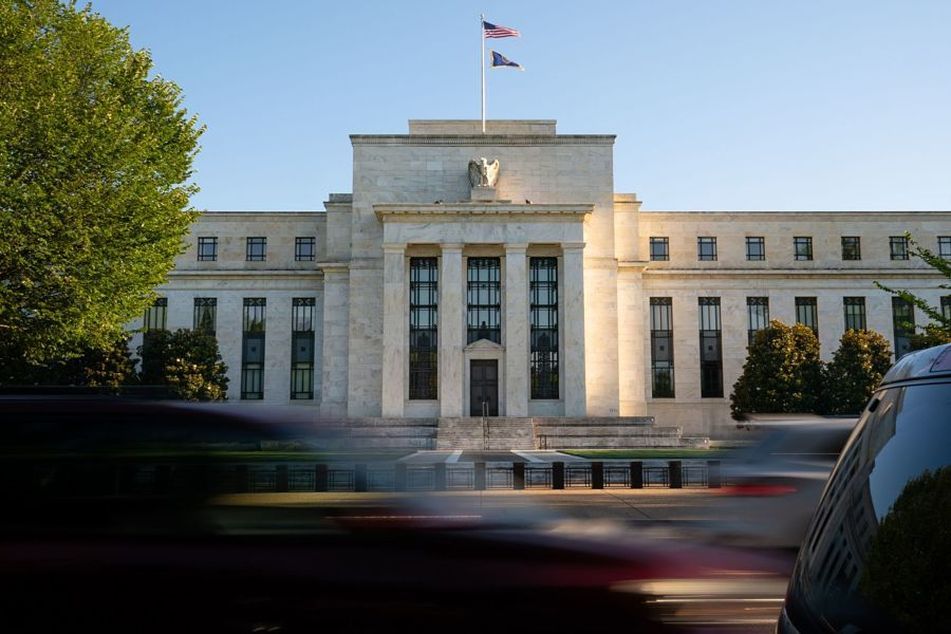Don’t misread the Fed’s pause in June as the end of higher rates

Scrambling to stay ahead of the central bank's next move, advisors and market watchers think the Fed is trying to keep the markets on their toes.
The Federal Reserve’s well-telegraphed pause after 15 months of hiking interest rates has market watchers and financial advisors looking ahead to its next monetary policy decision because nobody believes the June decision is the start of lower interest rates following the most aggressive tightening cycles since the 1980s.
“This is the Fed’s way of keeping the market on its toes,” said Niladri Mukherjee, senior managing director and chief investment officer of the wealth management division at TIAA.
Underscoring the nuances underlying all things related to Fed decisions, Mukherjee said the message was that the June pause was to be interpreted as “more of a skip than a pause.”
“If they say they’re done raising interest rates, you could have the equity markets spiking and credit spreads tightening,” he said.
Virtually every forecast for the June meeting called for the Fed to leave the fed funds rate at the current level of around 5.25%, which it reached following a 25-basis-point hike in May. But to underscore that inflation remains well above the Fed’s 2% target rate and the economy is still on shaky ground, Fed Chairman Jerome Powell intentionally left open the possibility of a quarter-point hike next month.
“The decision to pause on policy actions was consistent with recent labor market and inflation data,” said Whitney Watson, global co-head of fixed income at Goldman Sachs Asset Management.
“But with the economy proving resilient, downside risks from banking stress fading, debt limit uncertainty behind us and inflation still hovering above target, we are unsurprised that the Fed has also hinted that additional policy firming may be warranted, with the median projection for the fed funds rate at the end of the year rising from 5.1% in March to 5.6%,” Watson added.
Rick Rieder, BlackRock’s chief investment officer of global fixed income, described the Fed’s June decision as a “hawkish skip, which implies that policymakers are seeking more data before potentially hiking rates again in July, or September.”
“If one word were to describe Fed policy from here, it is data,” he said. “Changes to the Fed’s Summary of Economic Projections made it clear that the Fed has underestimated the resilience of the economy, the persistence of inflation, and that there are a substantial and increasing number of committee members who envision the need for higher rates to tame inflation.”
Rieder added that against that backdrop, “interest rate cuts that were being priced in by the market over the next six to nine months are looking increasingly improbable, barring an unforeseen catastrophe.”
Paul Schatz, president of Heritage Capital, described the June Fed meeting as a “nonevent,” and said nobody should be expecting the Fed to start cutting rates before 2024.
[More: Are Fed interest rates going up to another quarter point?]
“That would require the unemployment rate to jump a solid 1% with monthly job losses,” he said. “The unemployment picture has confounded the masses by staying so incredibly strong for so long. My only explanation is that Covid structurally changed the job market to an extent few can understand.”
Schatz doesn’t believe the Fed’s non-move changed anything for investors even though he describes July’s Fed meeting as an unknown at this point.
“I think they should be done raising rates and should have been done a few months ago,” he said. “The market and economy need a stable fed funds rate for several quarters.”
How to find the right funds for your clients without wasting time
Learn more about reprints and licensing for this article.








